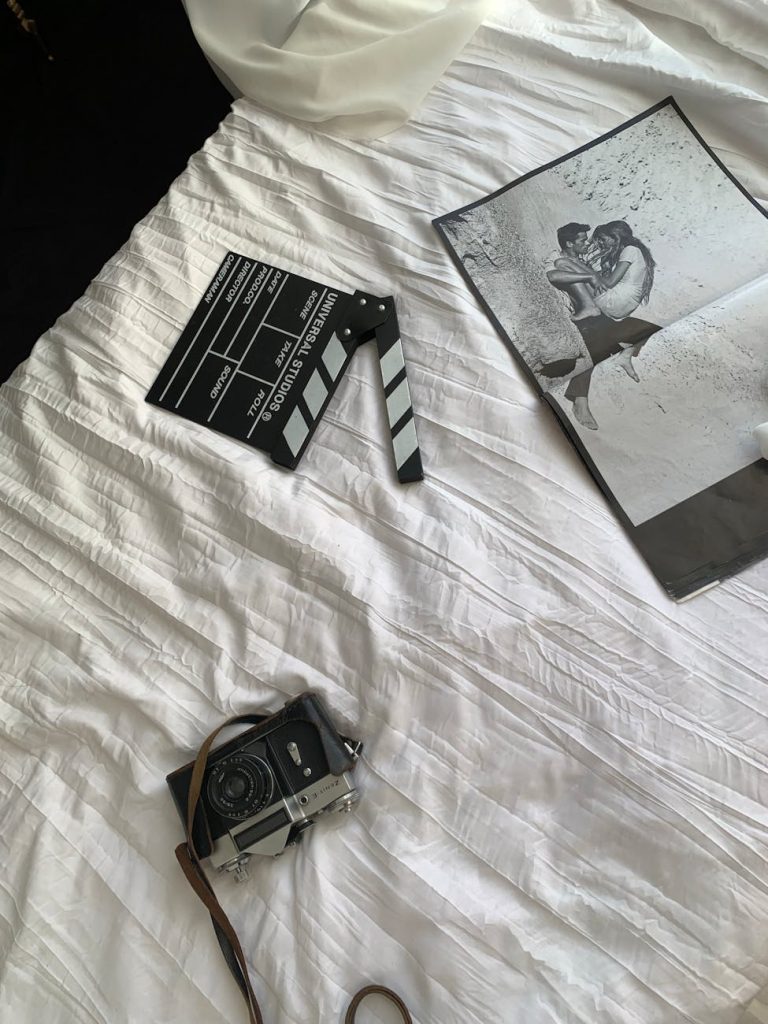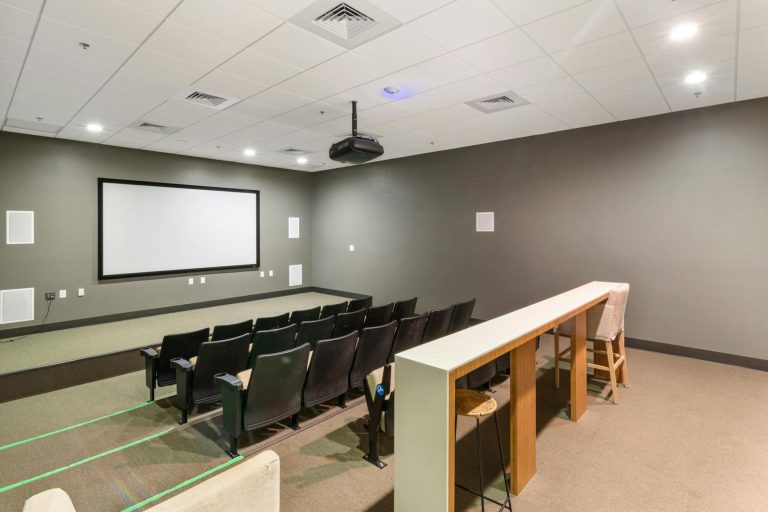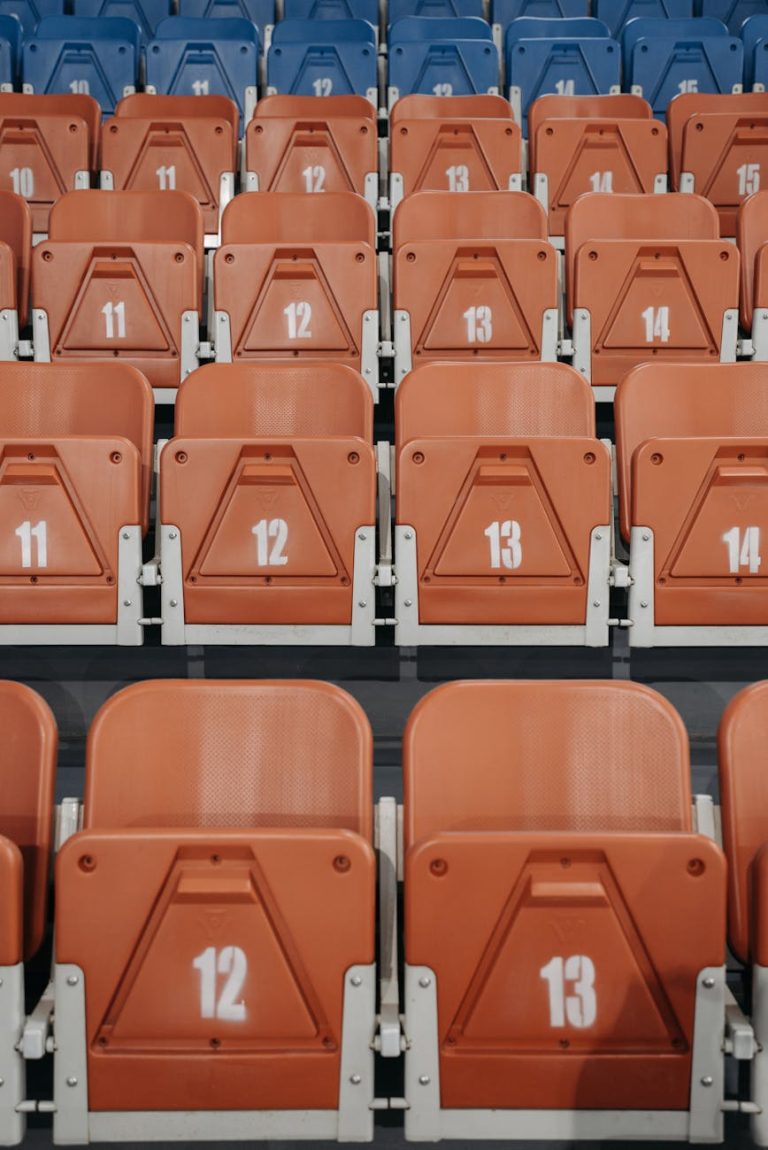Projection Surfaces: Best Practices for Optimal Screen Quality
When it comes to creating the perfect viewing experience for presentations, movie nights, or any other event that requires a projector, the quality of the projection surface plays a crucial role. Choosing the right projection surface can significantly impact the clarity, brightness, and overall visual impact of the projected image. In this article, we will discuss the best practices for achieving optimal screen quality when using projection surfaces.
Understanding Projection Surfaces
Before delving into the best practices, it is important to understand the different types of projection surfaces available. Projection surfaces come in various materials such as matte white, high contrast grey, glass-beaded, and acoustically transparent fabrics. Each type of surface has its own unique characteristics that make them suitable for specific environments and viewing conditions.
Selecting the Right Material
The first step in achieving optimal screen quality is selecting the right material for your projection surface. Matte white surfaces are ideal for environments with controlled lighting as they provide a bright and uniform image. High contrast grey surfaces are excellent for rooms with ambient light as they enhance contrast and black levels. Glass-beaded screens are perfect for enhancing brightness and sharpness, while acoustically transparent fabrics are great for audio-visual setups where speakers are placed behind the screen.
Proper Installation and Maintenance
Once you have chosen the appropriate material for your projection surface, proper installation is critical to ensuring optimal screen quality. Make sure the screen is adequately tensioned to prevent any wrinkles or waves that could distort the projected image. Regular maintenance, such as cleaning the surface with a soft cloth and mild detergent, is also essential to keep the screen in top condition.
Consider Viewing Angles and Aspect Ratios
When setting up your projection surface, consider the viewing angles and aspect ratios to ensure that the image is visible from all seating positions. Opt for a screen with a wide viewing angle to accommodate viewers seated off-center. Additionally, match the aspect ratio of the screen to the native resolution of your projector to avoid any distortion or cropping of the image.
Lighting and Ambient Conditions
Lighting and ambient conditions in the viewing environment can significantly impact the quality of the projected image. Avoid direct light sources hitting the projection surface, as this can wash out the image and reduce contrast. If possible, dim the ambient light in the room to enhance the brightness and clarity of the projection.
Calibration and Alignment
Calibrating your projector and aligning it correctly with the projection surface is crucial for achieving optimal screen quality. Adjust the focus, keystone correction, and screen orientation to ensure a sharp and clear image. Use test patterns and calibration tools to fine-tune the color balance, brightness, and contrast for the best results.
Conclusion
In conclusion, achieving optimal screen quality when using projection surfaces requires careful consideration of various factors such as material selection, installation, maintenance, viewing angles, lighting conditions, and calibration. By following the best practices outlined in this article, you can ensure that your projected images are crisp, vibrant, and visually stunning, enhancing the overall viewing experience for your audience. Choose the right projection surface, take care of its maintenance, and create the perfect setup for your next presentation, movie night, or event.





